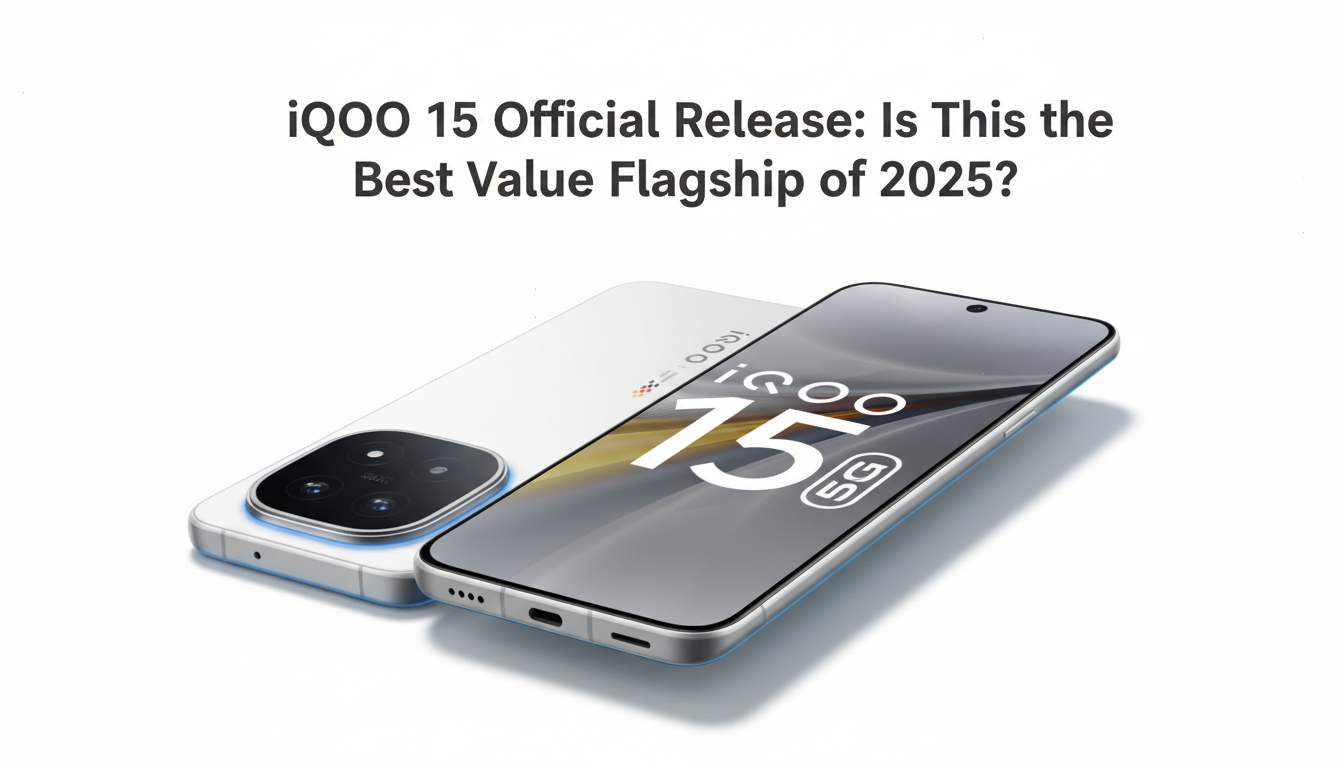
In 2025, smart drones are soaring to new heights—literally and technologically. With cutting-edge AI integration, enhanced autonomy, and applications across industries, the latest generation of drones is reshaping how we perceive aerial robotics.
AI-Powered Autonomy at Its Peak
Modern drones are no longer simple flying cameras. The most advanced models of 2025 are equipped with real-time object recognition, path planning, and adaptive decision-making thanks to powerful AI chips like NVIDIA Jetson Orin and Qualcomm Flight RB5.
Drones such as the DJI Matrice 400 RTK or Skydio X10 AI can now navigate complex environments with minimal human input. This autonomy allows them to perform inspections, surveillance, or deliveries even in GPS-denied environments.
5G and Edge Computing Integration
The inclusion of 5G and edge computing has drastically reduced latency and boosted data processing on-the-fly. This means drones can analyze video feeds, identify threats or structural anomalies, and send alerts in real-time.
For example, Autel Robotics’ EVO Max 4T uses edge computing to detect heat signatures, making it indispensable in search-and-rescue missions and disaster response.
Battery Innovation & Flight Time
Battery technology has seen a major leap. New graphene-lithium hybrid batteries allow drones to fly up to 75 minutes on a single charge—almost double compared to their 2023 counterparts. Solar-assisted charging pads are also being deployed in remote areas to enable continuous drone operations.
Delivery & Logistics Revolution
In 2025, autonomous delivery drones are fully operational in several urban test zones. Wing (by Alphabet) and Zipline’s Platform 2 drones can now carry payloads up to 5kg with pinpoint accuracy. These drones use machine learning to learn optimal drop-off routes and avoid restricted airspaces dynamically.
Environmental Monitoring and Conservation
Smart drones now play a vital role in environmental preservation. Parrot Anafi USA Gov, tailored for conservationists, provides real-time 4K thermal and visible footage, ideal for wildlife tracking, poacher detection, and reforestation planning.
Security, Defense & Surveillance
On the defense front, Anduril’s Ghost 5 and Shield AI’s V-BAT are equipped with swarming algorithms and battlefield intelligence, operating in synchronized groups for reconnaissance and tactical missions.
For civilian use, police and fire departments now deploy AI-assisted drones capable of facial recognition (with regional compliance), crowd heat-mapping, and instant data relay to command centers.
The Consumer Drone Boom
While enterprise-grade drones are making headlines, consumer drones haven’t been left behind. DJI Air 4S and Skydio 3 Mini offer immersive flying experiences, cinematic auto-tracking, and even VR support for FPV racing—all accessible via smartphone apps.
Final Thoughts
2025 marks a definitive leap in drone intelligence and utility. With advancements in AI, connectivity, and hardware, smart drones are becoming indispensable tools—not just for tech enthusiasts, but for businesses, governments, and global causes. As airspace regulations evolve, expect these machines to become an everyday part of our smart infrastructure.





